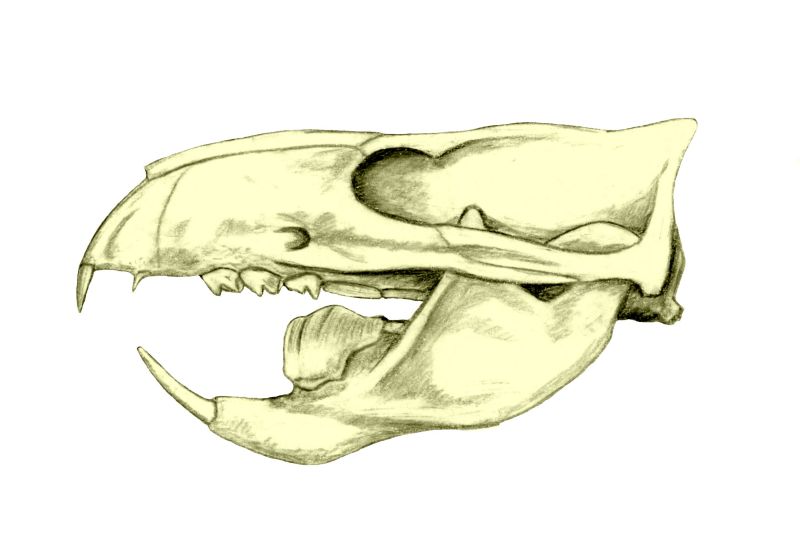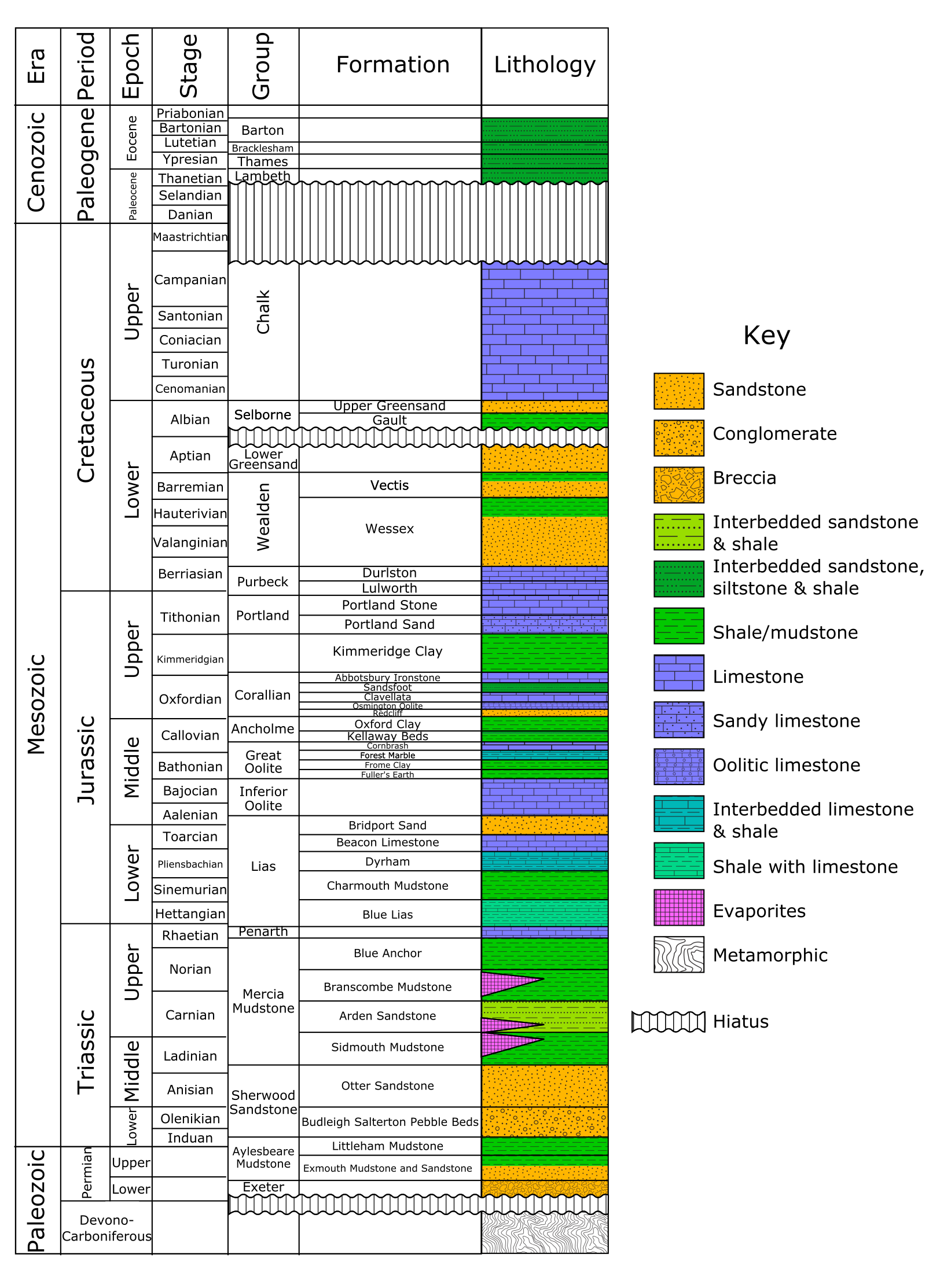|
Loxaulax
''Loxaulax'' ("slanting groove" from Ancient Greek λοξός (loxós), “slanting, crosswise” + αὖλαξ (aûlax), "furrow, groove") is a genus of extinct mammal from the Lower Cretaceous of southern England. It was a member of the also extinct order Multituberculata, and lived alongside the dinosaurs. It lies within the suborder "Plagiaulacida" and family Eobaataridae. The genus ''Loxaulax'' was named by Simpson G.G. in 1928 based on one species. Fossil remains of the species ''Loxaulax valdensis'' consist of a tooth found in Valanginian (Lower Cretaceous) strata belong to the Wadhurst Clay Formation of the Cliff End bonebed in Hastings, England. More recently, "Butler and Ford reported some IoW (Isle of Wight) Wealden mammal teeth several decades ago from the Wessex Formation. They identified one of the teeth as belonging to the multituberculate ''Loxaulax'' but weren't sure about the others. Other IoW Wealden mammal teeth have been found since but have yet to be writt ... [...More Info...] [...Related Items...] OR: [Wikipedia] [Google] [Baidu] |
Multituberculata
Multituberculata (commonly known as multituberculates, named for the multiple tubercles of their teeth) is an extinct order of rodent-like mammals with a fossil record spanning over 130 million years. They first appeared in the Middle Jurassic, and reached a peak diversity during the Late Cretaceous and Paleocene. They eventually declined from the mid Paleocene onwards, disappearing from the known fossil record in the late Eocene. They are the most diverse order of Mesozoic mammals with more than 200 species known, ranging from mouse-sized to beaver-sized. These species occupied a diversity of ecological niches, ranging from burrow-dwelling to squirrel-like arborealism to jerboa-like hoppers. Multituberculates are usually placed as crown mammals outside either of the two main groups of living mammals—Theria, including placentals and marsupials, and MonotremataAgustí-Antón 2002, pp 3-4—but usually as closer to Theria than to monotremes. They are considered to be clo ... [...More Info...] [...Related Items...] OR: [Wikipedia] [Google] [Baidu] |
Multituberculates
Multituberculata (commonly known as multituberculates, named for the multiple tubercles of their teeth) is an extinct order of rodent-like mammals with a fossil record spanning over 130 million years. They first appeared in the Middle Jurassic, and reached a peak diversity during the Late Cretaceous and Paleocene. They eventually declined from the mid Paleocene onwards, disappearing from the known fossil record in the late Eocene. They are the most diverse order of Mesozoic mammals with more than 200 species known, ranging from mouse-sized to beaver-sized. These species occupied a diversity of ecological niches, ranging from burrow-dwelling to squirrel-like arborealism to jerboa-like hoppers. Multituberculates are usually placed as crown mammals outside either of the two main groups of living mammals—Theria, including placentals and marsupials, and MonotremataAgustí-Antón 2002, pp 3-4—but usually as closer to Theria than to monotremes. They are considered to be clo ... [...More Info...] [...Related Items...] OR: [Wikipedia] [Google] [Baidu] |
Plagiaulacida
Plagiaulacida is a group of extinct multituberculate mammals. Multituberculates were among the most common mammals of the Mesozoic, "the age of the dinosaurs". Plagiaulacids are a paraphyletic grouping, containing all multituberculates that lie outside of the advanced group Cimolodonta. They ranged from the Middle Jurassic Period to the early Late Cretaceous of the northern hemisphere. During the Cenomanian, they were replaced by the more advanced cimolodontans. Kielan-Jaworowska and Hurum (2001) divides “Plagiaulacida” into three informal lineages, the paulchoffatiids, the plagiaulicids, and the allodontids. Allodontid line The Allodontid line may be a superfamily, Allodontoidea. Both allodontids and paulchoffatiids (below) were among the most basal of the plagiaulacids. The Allodontid line contains: The family Allodontidae is known from two genera from the Upper Jurassic Morrison Formation of North America. The family Zofiabaataridae contains a single genus, '' Zofia ... [...More Info...] [...Related Items...] OR: [Wikipedia] [Google] [Baidu] |
Wessex Formation
The Wessex Formation is a fossil-rich English geological formation that dates from the Berriasian to Barremian stages (about 145–125 million years ago) of the Early Cretaceous. It forms part of the Wealden Group and underlies the younger Vectis Formation and overlies the Durlston Formation. The dominant lithology of this unit is mudstone with some interbedded sandstones. It is part of the strata of the Wessex Basin, exposed in both the Isle of Purbeck and the Isle of Wight. While the Purbeck sections are largely barren of vertebrate remains, the Isle of Wight sections are well known for producing the richest and most diverse fauna in Early Cretaceous Europe. Nomenclatural History The Wessex Formation has historically alternately been called the "Variegated Marls And Sandstones", a name used by W. J. Arkell in his 1947 map of the Isle of Purbeck as well as the "Wealden Marls" It was given its current formal name by Daley and Stewart in 1979 Stratigraphy and Lithology In ... [...More Info...] [...Related Items...] OR: [Wikipedia] [Google] [Baidu] |


